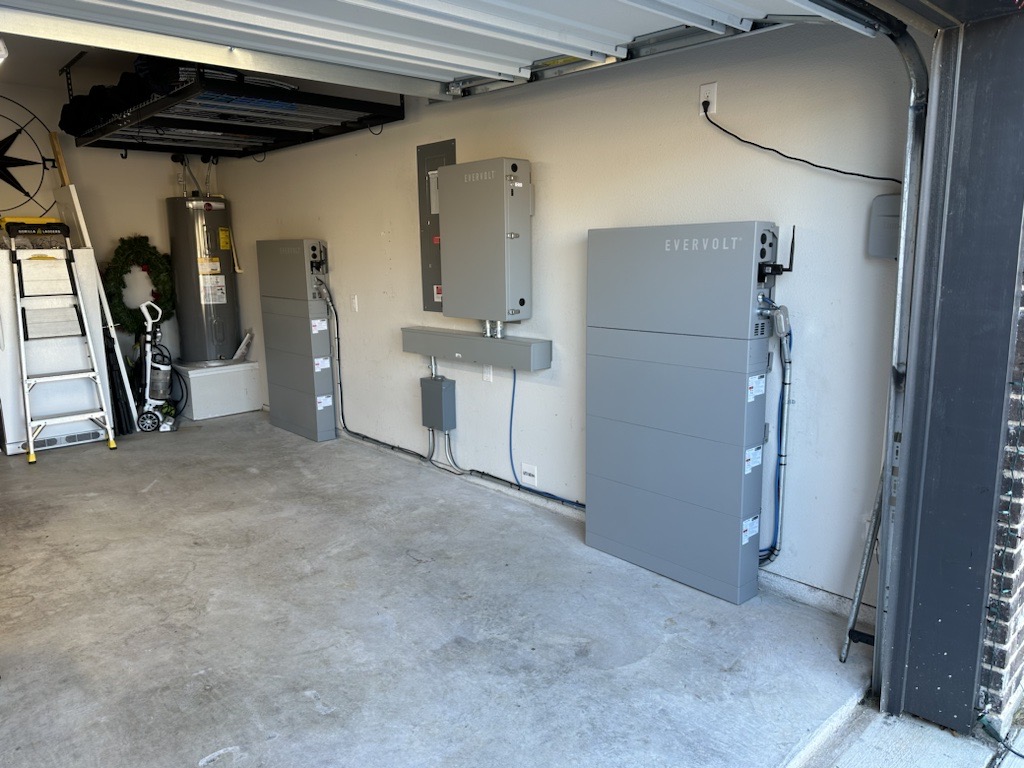As the Lone Star State enjoys a big year for installed solar capacity so far in 2024, experts say the next challenge is storing all that energy for use when the sun isn't shining. As this article explains, while more Americans embrace solar to power their homes with the sun, the need for home battery storage is also growing. When you're ready to help your customers make the solar switch with one of America's most trusted brands, becoming a Panasonic authorized solar and storage installer can help.
Texas solar energy capacity is the highest in the country, and now more than coal. Could they gain full renewable energy independence?
In a historic shift for Texas’ energy sector, solar power has outpaced coal generation for the first time in any month, marking a significant milestone in the state’s transition to renewable energy. According to the Energy Information Administration’s (EIA) hourly grid monitor, solar generation in Texas reached 3.26 million MWh in March 2024, surpassing coal’s 2.96 million MWh.
This landmark achievement underscores Texas solar energy as the national leader in capacity, a title that might surprise many given the state’s long-standing association with oil and gas. As of the first quarter of 2024, Texas boasts an impressive 32 GW of installed solar capacity, eclipsing all other states in the nation, according to the Solar Energy Industries Association.
The Institute for Energy Economics and Financial Analysis reports that coal’s market share in the Texas grid fell below 10% for the first time ever, dropping to just over 9% in March. This decline began a decade ago and has accelerated since 2016 – 2017 when Texas solar energy first appeared in the generation data.
Dr. Emily Rodriguez, an energy policy expert at the University of Texas at Austin, commented on this shift: “Texas has always been an energy state, and now we’re leading the charge in clean energy too. The scale of solar deployment we’re seeing here is unprecedented and speaks volumes about the state’s commitment to diversifying its energy portfolio.”
The growth of Texas solar energy has been nothing short of remarkable. Solar generation in March 2024 was 1.17 million MWh more than the previous year, representing a 56% increase. Data shows that the system currently has 22,710 MW of operational solar capacity and is expected to expand by almost one-third by the end of 2024, with another 7,168 MW of capacity to be added.
Even more growth in Texas solar energy is on the horizon for 2025, with projects totaling 20,932 MW of capacity in advanced stages of development and thousands of additional megawatts of solar capacity in earlier stages of development, signaling a bright future for Texas solar energy.
In contrast, coal’s share of the market has been steadily declining. From 2003 through 2014, coal’s annual share of demand ranged from 33-40%. By 2020, it had dropped under 20% and was less than 15% in 2023, supplying just 13.9% of the system’s total demand. This decline is particularly significant given that Texas has long been the largest consumer of coal for power generation in the United States, burning twice as much as second-place Missouri in 2023 and accounting for 13% of the US total.
EVERVOLT home battery storage system installed, photo courtesy of Panasonic Eco Systems and Connected Technology
Mark Thompson, CEO of Texas Solar Solutions, highlighted the challenges that come with this rapid growth: “While we’ve made incredible strides in solar deployment, we’re still grappling with the fundamental challenge of energy storage. The sun doesn’t shine 24/7, but our energy needs are constant. Bridging that gap is our next big hurdle.”
Despite the impressive growth in solar capacity, Texas still faces significant challenges in achieving complete solar energy self-sufficiency. The state’s peak electricity demand, particularly during scorching summer months, can exceed 70 GW. This figure dwarfs the current solar capacity, highlighting a crucial gap between Texas solar energy generation and demand.
Energy storage and grid modernization emerge as the two key factors in Texas’ journey towards greater solar self-sufficiency. The state has begun investing in battery storage facilities, but the scale required to fully rely on solar power necessitates a massive expansion of storage capacity.
Sarah Martinez, a renewable energy analyst at Green Tech Advisors, remains optimistic about Texas solar: “Texas has the potential to be a global leader in renewable energy. The combination of abundant land, excellent solar resources, and a spirit of innovation positions the state uniquely in the clean energy landscape.”
The economic impact of Texas’ solar boom is also significant. The solar industry has created thousands of jobs across the state, from installation and maintenance to research and development. Furthermore, as battery technology advances and costs decrease, the potential for energy independence could provide long-term economic benefits and energy security for Texas.
However, the transition is not without its critics. Some argue that the intermittent nature of solar power could lead to grid instability, while others express concern about the land use required for large-scale solar farms. Addressing these concerns will be crucial as Texas continues its solar journey.
At the national level, the EIA grid monitor data reflects that coal’s share of national electric generation was less than 15% every day in March, with a daily record low of just 11.25% on March 29. This poor performance is notable because, in recent years, April and May have typically been when coal’s national market share has been at its lowest.
As Texas continues to lead the nation in solar energy production, all eyes will be on the Lone Star State to see how it navigates the challenges and opportunities that lie ahead. The state’s journey in the solar landscape is far from over, but its current position as the nation’s solar champion signifies a commitment to a brighter, cleaner energy future that could reshape not just Texas, but the entire nation’s approach to renewable energy.
Dr. Rodriguez concluded, “We’re at a pivotal moment in our energy transition. The decisions we make now about investing in storage, modernizing our grid, and continuing to support solar deployment will shape Texas’ energy landscape for decades to come. It’s an exciting time to be in the energy sector in Texas, and the world is watching.”
This article was written by Joe Verde from Happy Eco News and was legally licensed through the DiveMarketplace by Industry Dive. Please direct all licensing questions to legal@industrydive.com.




